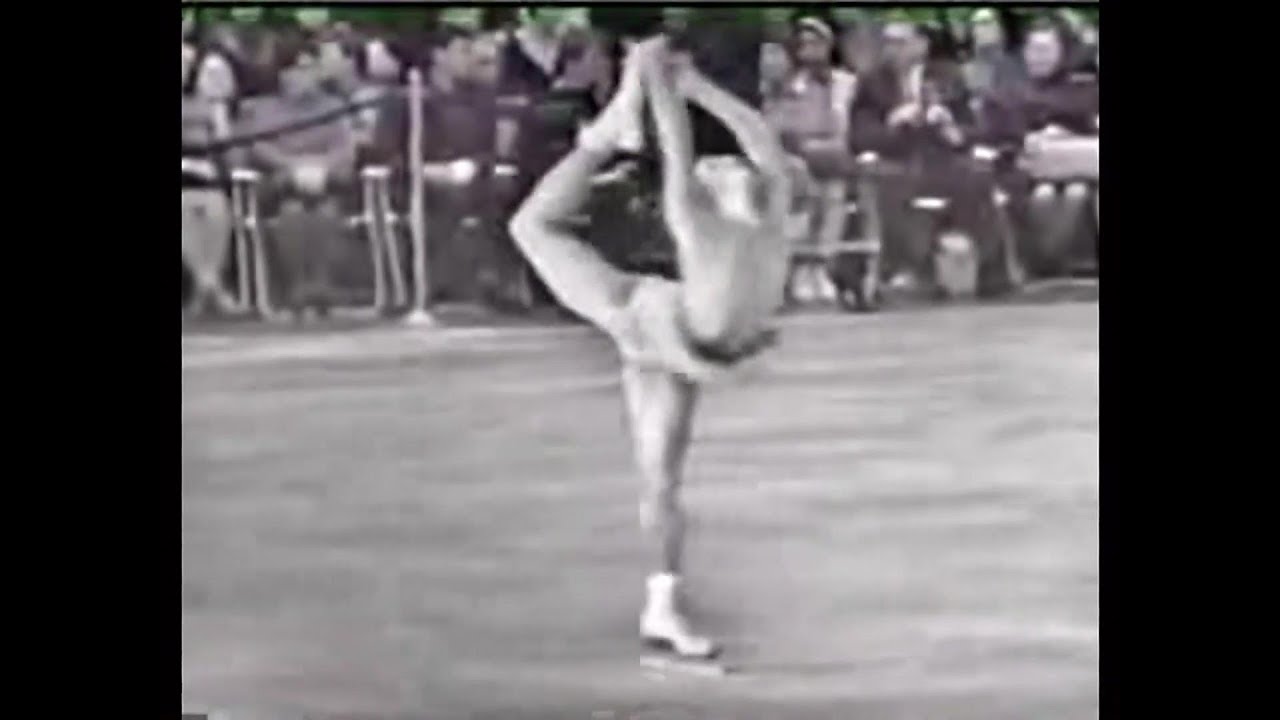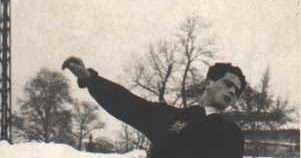Now I'm super confused...why isn't a walley off the wrong edge, so off the inside edge, a Salchow and not a loop?
Because it's counterrotated.
The CORRECT edge for a walley to take off from is the back INSIDE edge. Watch the examples of walleys posted earlier in this thread.
For a walley jump that rotates counterclockwise, the skater takes off from a right back inside edge and lands, as usual, on the right back outside. The takeoff edge curved in the opposite direction from the in-air rotation and the landing, which is what makes it a counterrotated jump.
If a walley took off from the "wrong" edge, it would be taking off from the right back outside, and landing on the same right back outside -- which is the definition of a (counterclockwise) loop jump.
Walleys and loops take off from the same foot that they land on.
Salchows take off from the opposite foot from the landing foot, which requires a weight change in the air from over the left foot to over the right (for a counterclockwise jump).
(Toeless lutz, which doen't seem to have ever been captured on video, would also take off from the left foot and land on the right.)
Of course this all gets more complicated when you consider that some skaters do all their jumps clockwise rather than counterclockwise, some skaters do single walleys in the opposite direction from their normal jump direction (e.g., the Lysacek example I posted earlier in this thread), and some skaters land walleys on the back inside edge of the "wrong" foot in the same way that Eulers and one-foot axels land, for purposes of linking more directly to a listed jump or to other steps and hops in a sequence of transitions/choreographic sequence.
(I once saw a CCW junior lady trying to teach a walley to a CW-jumping friend at the same level. There was much confusion and one-foot salchows being executed by mistake.)
But let's not even go there before understanding the definition and mechanics of the pure basic walley jump.
Ignoring all those variations and just focusing on the pure CCW walley, the correct takeoff edge is RBI, which curves CW. The skater changes the direction of rotation as they leave the ice, and then the in-air rotation and the landing edge will be CCW.




